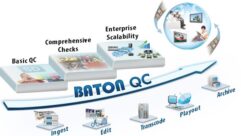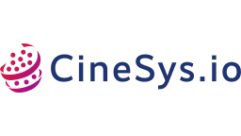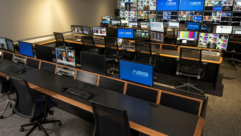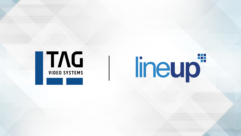Classroom Amplification Systems: A Benefit for Teachers and Students
Feb 7, 2007 11:50 AM,
By Linda Seid Frembes
In this day and age of YouTube, handheld games, and iPods, there has been much research and study into how to visually stimulate kids to keep them interested in learning. The less glamorous, and arguably more important, part of learning comes from verbal instruction. “Video in the classroom is ahead of amplification in terms of awareness and implementation. Ironically, 60 percent to 80 percent of instruction is spoken word,” says Bruce Bebb, marketing communications director for LightSpeed Technologies in Tualatin, Ore. “Classroom amplification is critical for literacy and language. In K-3, kids are often missing softer consonants and phonemes that provide meaning to language. And using classroom amplification, there is a 30-percent gain in word recognition for ESL kids.”
According to the U.S. Department of Education, recent research has shown that there is a direct correlation between K-6 classroom amplification and the number of students placed in special education referrals. Over a five year period of usage, these referrals have been reduced by nearly 43 percent. Additionally, the Mainstream Amplification Resource Room Study (MARRS) quotes that “most important, children benefit from classroom amplification, whether or not they have hearing problems.”
While some audio manufacturers are just now discovering the importance of classroom amplification, LightSpeed Technologies has solely focused on this market since 1994. “We’ve been in business since 1990; we started as a manufacturer of wireless microphones for the pro audio industry,” Bebb says. “We had also designed and built some assisted listening devices for students, mostly for special needs applications.”
A school district in Bellevue, Wash., had asked LightSpeed to help the district with a classroom-wide system. “The teachers and kids loved them. They saw test scores improve across the board. We subsequently installed 1,000 systems in the district,” Bebb says.
Bebb also points out that the company is dedicated to seeing improvement in kids. Many employees at LightSpeed are previous educators—including Bebb, who served as an elementary school principal for eight years. As a result of their real-world knowledge, company engineers are constantly challenged to design systems that are simple to operate and that can be produced and sold at a reasonable cost.
When asked why LightSpeed systems are a good fit for classrooms, Bebb notes that the company’s systems are not public-address systems. “That is a different usage,” he says. “Our systems are low-volume amplification systems providing clarity of speech and even sound distribution throughout the learning environment. The differences between us and an off-the-shelf system are many. We exclusively use infrared (IR) technology so there is no interference in the system; the signal stays in the room. There is no cross-talk or other problems seen with other off-the-shelf FM systems.”
The recent introduction of LightSpeed’s Redcat is an example of the company’s commitment to ease-of-use design and simplicity of control. Redcat is an all-in-one system that works right out of the box. “It takes two minutes to get up to speed,” Bebb says. “It also features an additional I/O to connect a computer or Smart board. I’ve spoken with other schools that have used off-the-shelf PA systems and they’ve had problems with quality and a complicated setup.”
To help spread awareness about the importance of classroom amplification systems, LightSpeed routinely conducts outreach to school planners and architects via industry organizations such as the Council of Educational Facility Planners International (CEFPI) and the American Institute of Architects (AIA). LightSpeed offers AIA accredited seminars for continuing education also known as “lunch and learn” seminars that are presented by its rep force. “The whole focus on the AIA is to bring awareness of the theory and practice of classroom amplification,” Bebb says. “It’s not an infomercial for LightSpeed; we are not telling them how to design a room, only sharing one way to maximize the learning environment.”
As for how well the awareness campaigns are working, Bebb says he feels like the market is approaching the tipping point, but that it is not there yet. “You will get different answers from different people as to what this means,” he says. “Many superintendents still think classroom amplification is a special needs system. I am hopeful, though, since the momentum is gaining.”
Bebb is so hopeful that he predicts within 10 years, almost all schools will have amplification systems. He may not be too far off—some states, such as Ohio and Florida, have mandated that classroom amplification systems be installed in schools. Specifically, as noted by the Peter Li Education Group, the Ohio School Facilities Commission (OSFC) has written classroom amplification systems into its classroom standards for any district who wishes to use its funds to upgrade or build new schools.
For its part, LightSpeed continues to invest in white papers and research into classroom amplification systems.










